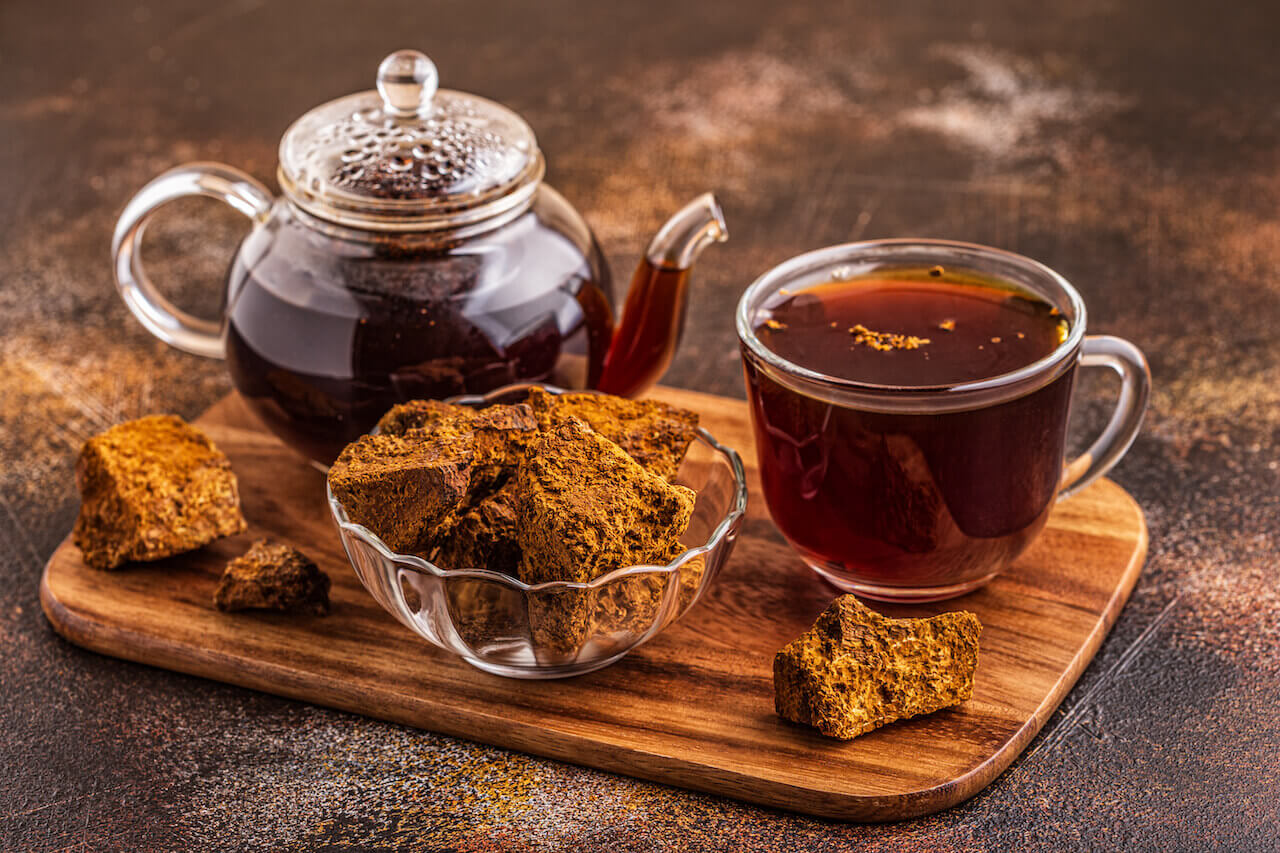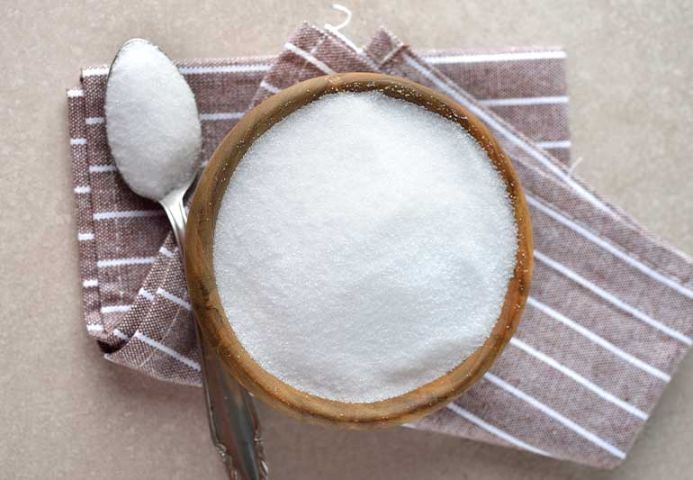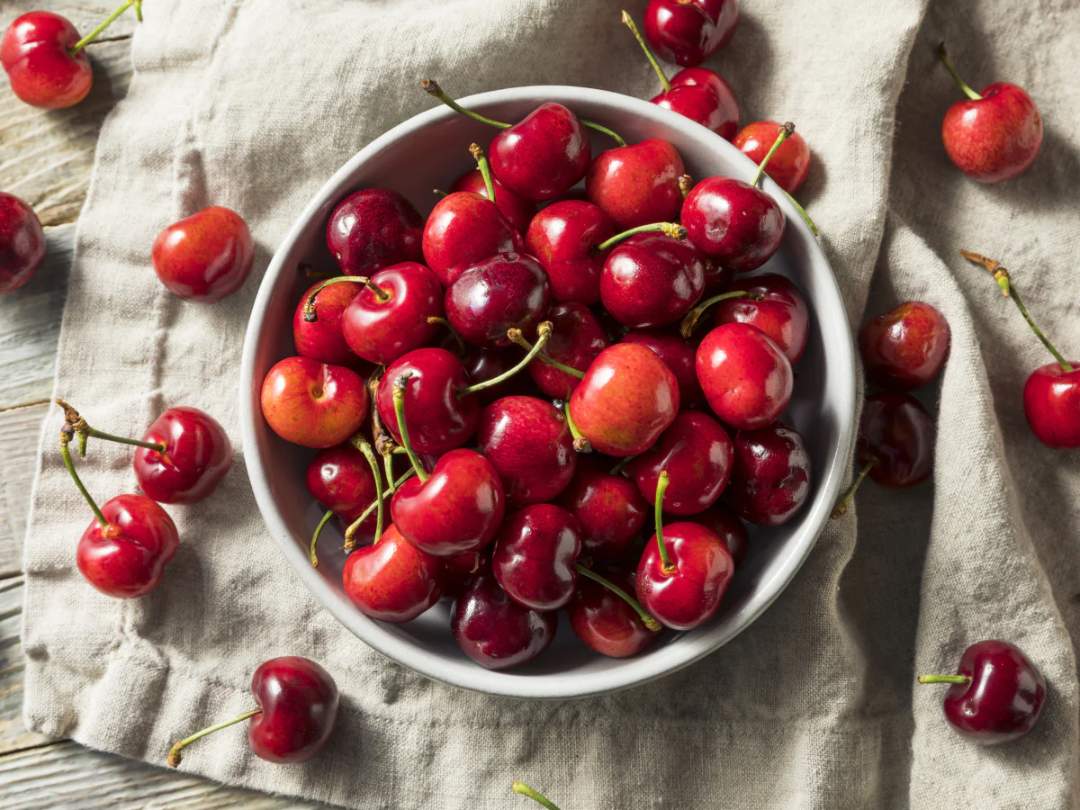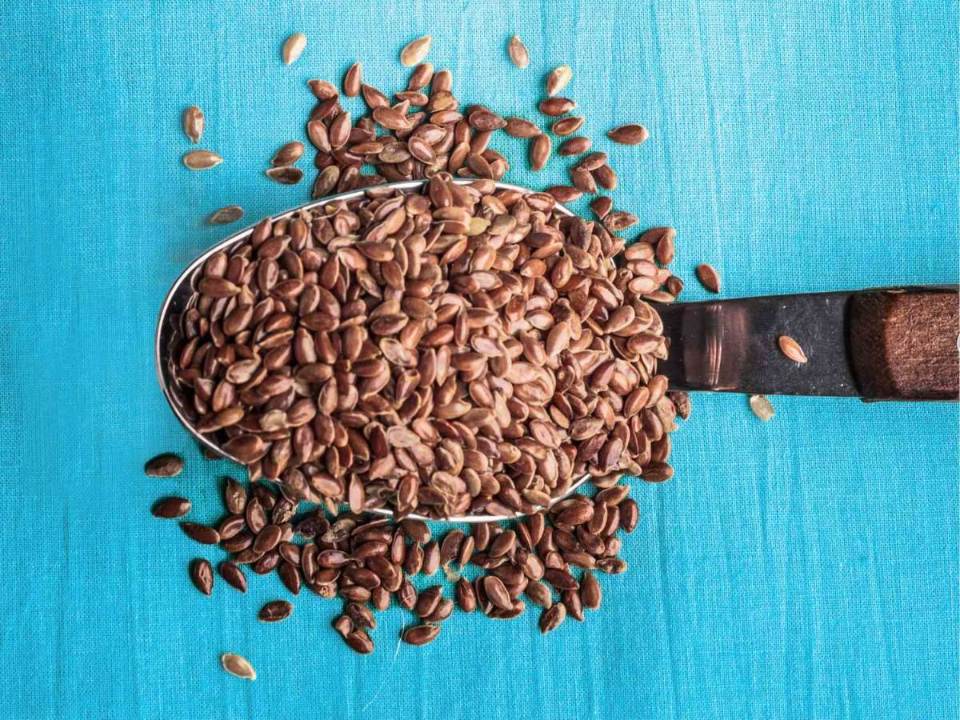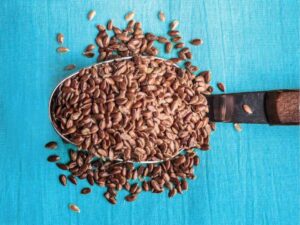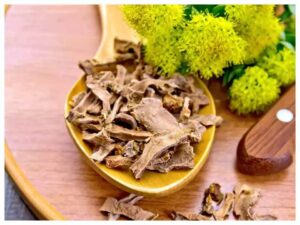Chaga mushroom, studied in Russia, has the most outstanding and exceptional efficacy among mushrooms. It has the best cancer prevention effect, and has excellent effects on immunity enhancement and diabetes prevention. Let’s take a closer look at the Chaga Mushroom benefits, side effects, ingredients, and usage.
- What is Chaga Mushroom
- Chaga Mushroom Benefits
- Can Chaga Mushroom Really Cure Cancer
- How Chaga Mushrooms Grow
- What is good Chaga mushroom
- Chaga Mushroom Core Ingredients and Efficacy
- How to make Chaga Powder, and Why Chaga powder is better to intake
- How Chaga Mushrooms Grow
- How to use Chaga powder
- Side effects
- 3 Cases where is difficult to expect the efficacy of chaga mushroom
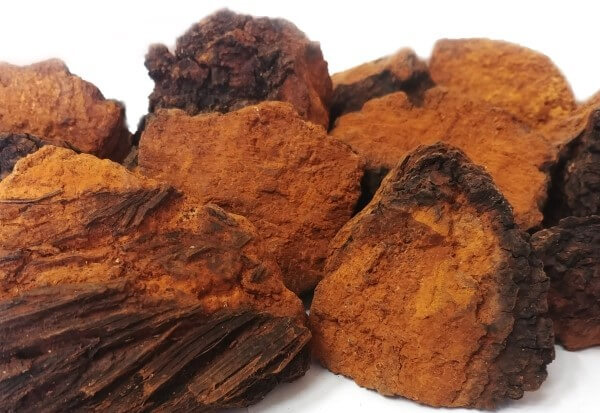
What is Chaga Mushroom
Chaga fungus grows on trees through wounds on birch trees, takes root inside trees, and feeds on birch sap and flavonoids. At this time, the part where the nutrients of the birch are stored and stored protrude to the surface of the tree over time, which is called chaga.
The reason why chaga mushroom was selected as one of the world’s top 5 superfoods is because of its unique chaga mushroom effect. When talking about mushrooms that are good for the body, many people think of meshima mushroom or agaricus, but it is the chaga mushroom that has been found to have superior efficacy compared to other mushrooms.
Chaga is a mushroom that grows on live birch trees and absorbs birch sap for decades. In addition, it contains a lot of polyphenols and SOD enzymes that have a beneficial effect on health, and it has been reported in several studies that betulin is the reason along with lignin, a dietary fiber component found only in chaga mushrooms.
In Russia, tea with chaga has been consumed for a long time. Solzhenitsyn’s book “Cancer Ward” introduced a region in the suburbs of Moscow where chaga tea was enjoyed, and this was the occasion for Russian chaga mushroom to gain worldwide attention.
Chaga mushroom has the disadvantage of being easily destroyed and oxidized by temperature and moisture, the inconvenience of having to boil the mushroom mass for two days, and the effect decreases when consumed by boiling. So, we extract important ingredients from chaga and consume it in powder form.
It grows parasitic on birch trees in regions above 45 degrees north latitude such as Siberia, North America, and northern Europe. It is epigenetic by a virus, feeds on sap, and grows for about 15 to 20 years. They are also found in alder, willow, and maple, but they are ineffective. In Russia, it has been handed down as an elixir for curing incurable diseases from around the 16th century, and research began in earnest at the Komarov Scientific Research Institute of the Soviet Academy of Sciences in 1951. Currently, it is recognized as an official cancer treatment drug in Russia.
Only Grade 1, which is 15 years old or older, 10 cm or more in thickness, 14% or less moisture, and dried at 60°C or less, is used for medicinal purposes, and the rest is discarded or used for brewing tea. It contains various substances, and contains more beta-glucan than other mushrooms.
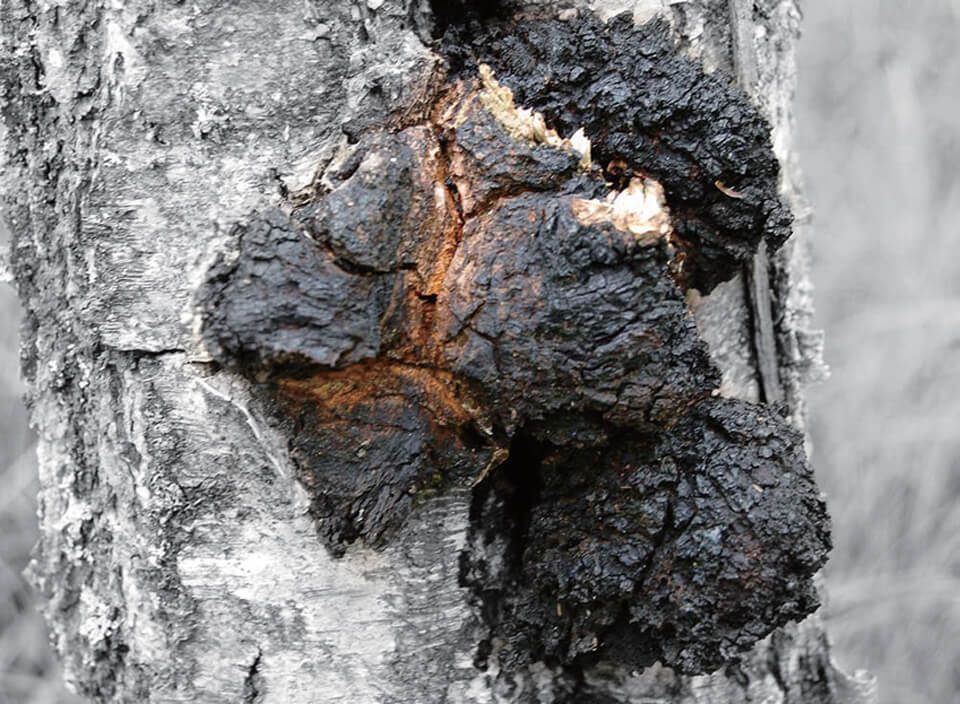
Health benefits of Chaga mushroom
Anticancer Effect
Since 1955, research reports have been published on the use of chaga in Russia as a cancer treatment and in patients with terminal cancer. Chaga mushroom has excellent anticancer effect by preventing the proliferation or growth of cancer cells. In fact, when chaga was injected into liver, colon, and stomach cancer cells in an experiment, it was found that they inhibited liver cancer, colon, and stomach cancer cells by 75%, 89%, and 83%, respectively. Another study found that chaga extract had an inhibitory effect on cancer cell growth.
Diabetes Prevention
The inositol component of chaga slows down the digestion and absorption of carbohydrates in the body, thereby suppressing the rapid rise in blood sugar, and promoting the activity of kinase enzymes to promote insulin secretion and maintain blood sugar levels.
Prevention of cardiovascular disease
When chaga mushroom is consumed regularly, it helps blood circulation by reducing LDL cholesterol level, and it helps to prevent blood clots and lowers blood pressure by discharging waste products and triglycerides from the body, and it also helps prevent various cardiovascular diseases such as myocardial infarction, hyperlipidemia, and stroke. It has a preventive and curative effect.
gastrointestinal function improvement
It can be expected to improve and activate bile secretion, improve astrointestinal function that promotes gastric juice secretion, and improve digestion. It can be expected to have an excellent effect in improving and treating various gastrointestinal diseases such as reflux esophagitis, gastritis, and gastric ulcer.
Can Chaga Mushroom Really Cure Cancer
The answer is “No”.
According to a study at the University of Helsinki in Finland, lanosterol, a polysaccharide in chaga, and other sterols are abundantly contained. In Japan, chaga mushroom is used as a treatment for liver cancer, and similar health foods are also sold in the United States.
According to the American Medical Research Institute, it has been confirmed that chaga mushrooms have excellent effects in the treatment of gastric cancer, gastric ulcer, lung cancer, diabetes, etc. A Canadian study also demonstrated the powerful anticancer effects of chaga.
In particular, it is known to have excellent efficacy in treating gastric cancer or lung cancer in the early stages, and has no toxicity or side effects, and has excellent efficacy in treating and preventing various gastrointestinal diseases.
However, although it can be said that a certain level of scientific evidence for anticancer effects has been achieved through studies on many of these chaga mushrooms, the results of the study still remain controversial. When a patient with stage 1 or higher cancer that has already progressed in the medical treatment stage consumes chaga, there is no medically fully verified research result that the ingredient of chaga directly affects cancer cells and alleviates the condition.
No official medical institution has officially adopted chaga mushroom itself as a means of cancer treatment, nor has it been recognized as a means that has a direct impact on cancer treatment.
However, it has been proven without controversy that when non-cancer patients consume chaga mushrooms continuously, cancer cells can be inhibited and a better cancer prevention effect can appear depending on the person’s constitution.
In other words, it is recommended to consider the consumption of chaga mushrooms as a preventive measure for people who have genetic factors for cancer or as a way to prevent recurrence after cancer treatment.
Also, when a cancer patient is undergoing chemotherapy or is about to undergo surgery, the consumption of chaga must be decided very carefully and must be consulted with a doctor. Although chaga mushroom itself has no side effects, it can put a strain on the liver or kidneys in cancer patients who are extremely weakened, which can interfere with cancer treatment plans.

How Chaga Mushrooms Grow
- The fungus removes the wood from the birch tree through the wound and settles inside the tree.
- At this time, the chaga mushroom takes root 1~2m in length inside the tree to take in nutrients from the birch tree. Generally, chaga grows inside a birch tree for 5 to 10 years.
- Chaga mushrooms come out through the bark of birch trees, and most of the chaga mushrooms in this state have the bark. This part is what we usually call chaga, and it acts like a storage room for birch’s nutrients.
- After protruding to the surface of the tree, it grows for more than 10 to 20 years.
The surface of the grown chaga is very rough, black, and has many cracks, and the inner part is yellow with hard, pale yellow leaf veins. On large birch trees, chaga up to 50 cm in diameter is also found.
Chaga mushroom has a specificity that sets it apart from common mushrooms in all respects, except that it is parasitic on birch trees. Fungi such as mushrooms usually consist of hyphae, which are like fruits or seeds of mushrooms.
However, chaga is a kind of Barren flower (a plant that does not bear fruit), and the body of the grown mushroom does not have mycelium. Therefore, they cannot reproduce on their own. While common mushrooms are epiphytes and spores settle on other organisms, chaga is born when birch trees fight an invading virus.
Chaga mushroom is made up of sclerotia, not fruiting bodies, making up 90% of the total, and it is almost the only mushroom that parasitizes on living trees. Most mushrooms are parasitic on dead wood or tree trunks and use wood (lignin) as their main food. Chaga mushrooms are parasitic on live birch trees, and their main food is birch sap along with wood.
Occasionally, in addition to birch, it is also found in alder and ash, but it is not used because it has no value. Only chaga mushrooms that are epiphytic and grow on birch trees by eating the nutrients from the birch trees are the true chaga mushrooms.
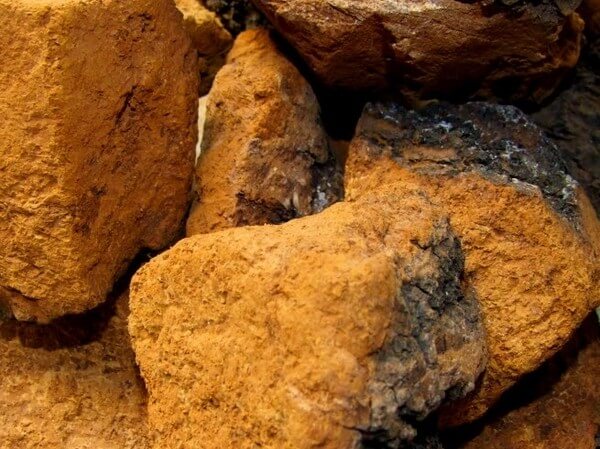
What is good Chaga mushroom for health benefits
The chromogen complex level has been used for a long time to assess the quality of chaga products. The precise meaning of the chromogen complex is that it is a component of chaga that is not decomposed by acid. These include complex polysaccharides such as dietary fiber and various physiologically active substances. On the other hand, major nutrients such as proteins, fats, carbohydrates, and various vitamins and minerals that are decomposed by acid among the components of chaga are not included in the chromogen complex.
Requirements for first-class chaga mushroom mass stipulated by the Russian government
- Chaga mushrooms that are over 15 years old in areas above 45 degrees north latitude
- The thickness of the chaga mushroom is 10cm or more
- Chromogen Complex 10% or more
- Water content 14% or less
- Do not exceed 60 degrees when drying.
Chaga mushrooms in extremely cold regions have a darker and lustrous outer skin than those in other regions. Cracks are also deeper and the edges of the cracked surface are much sharper.
Chaga from the south grows rapidly in a few years, while chaga from the north grows very slowly in the severe cold of Siberia. The quality of chaga mushrooms is generally better in the northern regions.
In the case of a product of chaga powder, the chromogen complex should be approximately 45% or higher to be considered a good product. 50-60% is a pretty good product. However, too high a number over 70% is rather unnatural. And it is normal for these numbers to vary considerably from product to product.
Chaga Mushroom Core Ingredients and Efficacy
What is β-glucan?
It is a type of polysaccharide and is found in mushrooms, grains, and the cell walls of yeast. Mushrooms contain a large amount, and among the beta-glucan structures, beta-1,3 glucan plays the most important function. The beta-1,3 glucan component of chaga mushroom contains 10.8 times more than that of Meshima mushroom, and it is a representative ingredient that determines the quality of chaga mushroom. Chaga powder may have different beta-glucan content depending on the extraction and drying method of Chaga mushrooms.
Beta-glucan has an excellent effect on improving immunity in the body, promoting heart health and intestinal health, and helping with respiratory diseases that are sensitive to seasonal changes, and is also effective in preventing obesity by promoting metabolism. Beta-glucan is known not only for its powerful anti-cancer effect, but also for its ability to inhibit bacteria and viruses that cause respiratory infections. Also, like lactic acid bacteria, it has the effect of activating intestinal immunity even before it is absorbed in the intestine. As it is absorbed at the end of the small intestine, it is engulfed by macrophages, and the fragments divided into small pieces spread throughout the body, thereby activating immune cells.
Not all beta-glucans in nature have the same efficacy. For example, beta-glucan contained in grains such as oats and barley only plays a role of dietary fiber, but beta-glucan in mushrooms such as chaga can be expected to have immune-boosting and anticancer effects. This is because the beta-glucan in mushrooms has a unique structure called yeast beta-glucan.
What is Chromogen Complex?
Chromogen complex is a completely different ingredient from beta-glucan which is the core ingredient of chaga. Therefore, chromogen complex levels do not contain beta-glucan at all. The chromogen complex is a term coined by Soviet researchers in the former Soviet Union, by collecting useful components of chaga mushrooms, when analysis technology was not developed before the beta-glucan component was discovered. When the birch tree is infected with the progenitor of chaga, flavonoids start to be secreted, and they become agglomerated as they grow for more than 10 years. Therefore, the substances constituting the chromogen complex are flavonoids among polyphenols. Since beta-glucan was found to be a key ingredient in chaga, these figures are for reference only.
What is Betulinic Acid?
A type of triterpene saponin, found only in birch, chaga and some very few plants. It is a physiologically active substance that is being studied in many ways, and only a very small amount exists in chaga. There was also data indicating that there is no betulin and betulinic acid in chaga because it is difficult to extract with general extraction techniques. Although it is stable to heat, oxidation may occur in the moisture content, so securing heat stability and controlling the moisture content of chaga are most important during processing of chaga. Compared with other mushrooms, it has a high beta-glucan content and the most differentiated advantage is the betulinic acid component.
What are polyphenols?
It is a substance produced by plants to defend against ultraviolet rays, insects, and viruses, and there are more than 8,000 different types. It is largely divided into Flavonoids, Phenolic acids, and Stilbenes. Chaga mushroom contains polyphenols of phenolic acid, coumarins, flavonoids, and tannins.
Flavonoids are a generic term for yellowish natural substances contained in plants, and are natural substances originally created by plants to defend themselves from ultraviolet rays from the sun.
Phenolic acid is present in most plants and foods, and is a precursor of lignin that forms the cell wall of plants. It is mainly bound to hemicellulose and is distributed in various organs of plants and is closely related to dietary fiber.
The components of chaga mushroom do not act alone, but they are effective through organic interactions with various other active ingredients. It is estimated that there are no more than a hundred major constituents of chaga known through research, while the number of other unidentified constituents of chaga is likely to be much higher. If we consider the chaga as a whole rather than individual ingredients and pay attention to the ingredients of chaga that have not yet been revealed, we come to the conclusion that chaga is an independent nutrient in itself.
It is not that the beta-glucans and polyphenols of chaga mushrooms combine to create the efficacy of chaga, but chaga itself is an independent nutritional component with unique effects.
In other words, the most effective way to utilize the excellent nutritional properties of chaga is to drink the whole chaga, not individual ingredients.

How to make Chaga Powder, and Why Chaga powder is better to intake
Chaga mushroom mass has a lot of difficulties in extraction and storage due to its difficult nature, which is weak to high temperature and easily oxidized to moisture.
Chaga mushroom extract powder perfectly compensates for the shortcomings of the chaga mushroom mass, and is a highly concentrated product by extracting, concentrating, filtering and drying various physiologically active substances including beta-glucan, polyphenol, and chromogen complex.
You should consume 30.3 times the mass compared to the extract powder.
| Chromogen complex | Chaga mushroom chunks | Chaga Mushroom Extract Powder |
| 3.74g | 200g | 6.6g |
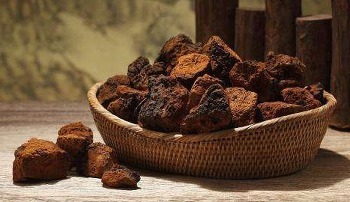
How to use Chaga powder
- Prepare 2/3 cups of warm water below 60 degrees (about 150cc is suitable).
- With a measuring spoon (1g), add 1 tablespoon of chaga extract powder to the water. It is okay to put it in cold water.
- Take on an empty stomach 3 times a day (30 minutes before breakfast, lunch and dinner)
- In case of severe physical condition: 2~3g at a time / 4~6 times a day (30 minutes before meals and 30 minutes before bedtime in the morning, lunch, and dinner). The recommended daily intake is 12g.
- For health maintenance: 1g at a time, 3 times a day (30 minutes before breakfast, lunch, and dinner).
- Never put directly into boiling water. If you use boiling water, the active ingredients of Chaga will be destroyed. Put the chaga extract powder in warm water below 60℃. No metal can touch it.

Side effects
The fact that chaga mushrooms do not have side effects has also been revealed through actual scientific research. Numerous studies in Russia have shown that chaga is not toxic to normal cells and has no side effects.
Even the world-renowned Russian Academy of Sciences has declared that chaga has no side effects. According to data from the Russian Academy of Sciences, in the case of chaga mushroom extract powder, when consumed at a rate of 1 g per 1 kg of body weight, no side effects were found. It is said that when about 30 times this ratio was injected into mice, slight paralysis was found in the nervous system.
1g per 1kg of body weight is the amount that a person weighing 60kg would consume 60g per day. Even if you take 60g a day every day, there are no side effects. And if it is 30 times this amount, you are eating 1800g a day. Realistically, it would be difficult to eat such a large amount, and the cost would not be affordable.
However, those who are allergic to plants or mushrooms should limit their intake, and if abdominal pain and diarrhea occur occasionally, it is recommended to reduce or stop the amount.
3 Cases where is difficult to expect the efficacy of chaga mushroom
First, it is difficult to expect the efficacy of chaga mushrooms if you eat poor quality chaga mushrooms. There is no big difference in size and quality for cultivated mushrooms or medicinal plants.
However, in the case of wild chaga mushrooms that have been grown in the wild for more than 10 years, the appearance is also different and the quality difference is very large. If you have 100 chaga mushrooms, you can order them from 1st to 100th according to quality. It is difficult to expect efficacy from eating poor-quality chaga.
Second, it is a case of consuming too little amount to expect the effect of chaga mushroom. The purpose of drinking chaga is different for each person, and the amount of chaga should be consumed accordingly. It is a characteristic of a natural product, not a chemically made drug. If you consume too little for your intended purpose, it is better than not eating, but you cannot expect the desired effect.
Third, the period is too short. This is also one of the characteristics of natural products. The effects of chaga mushrooms do not show up just after you eat them for a few days. Chaga mushroom is not as effective as a hospital medicine to improve immediate symptoms. Rather than improving immediate symptoms, it helps to restore the overall health of the human body. It varies from person to person, but it takes at least 3 to 6 months.
